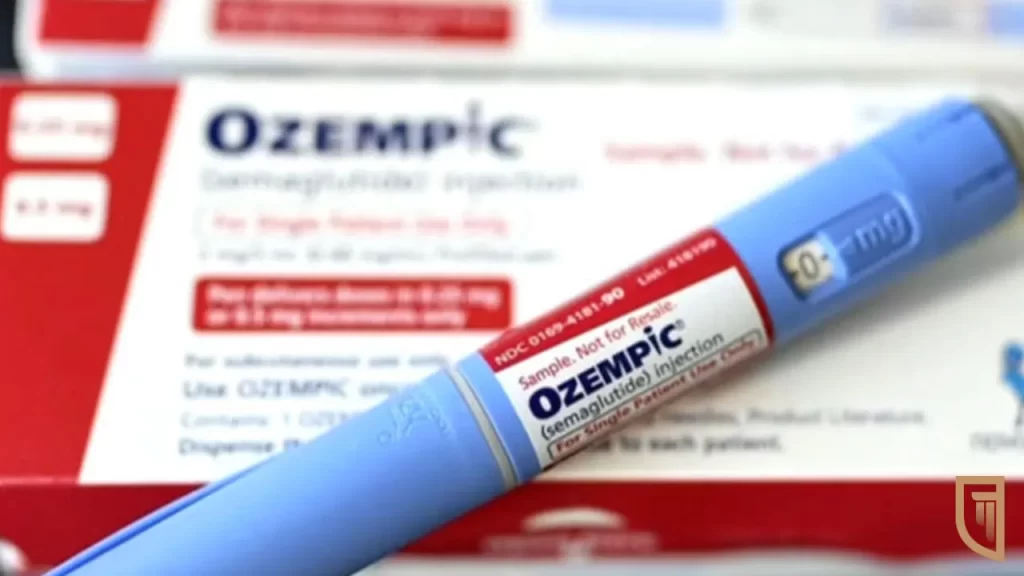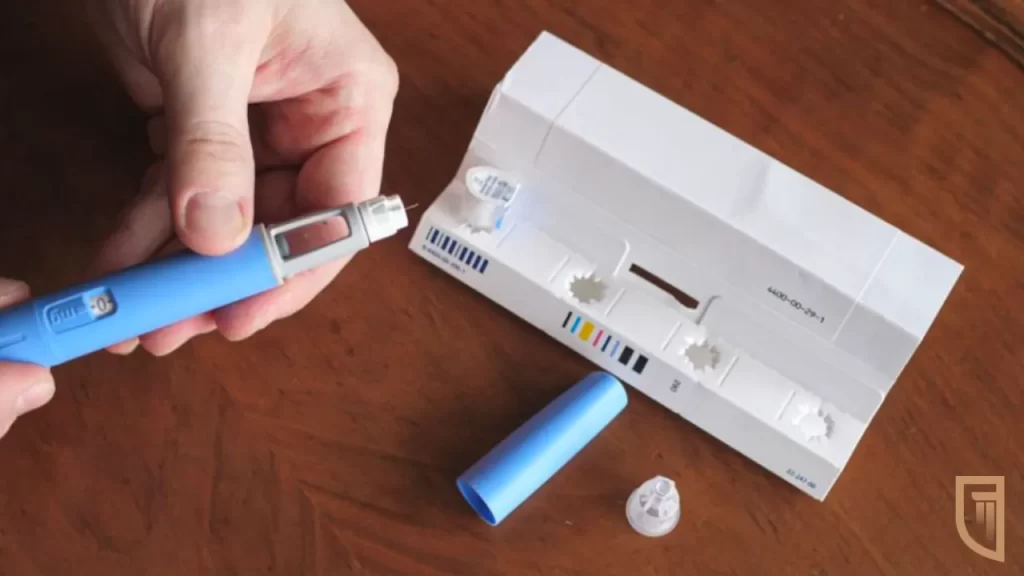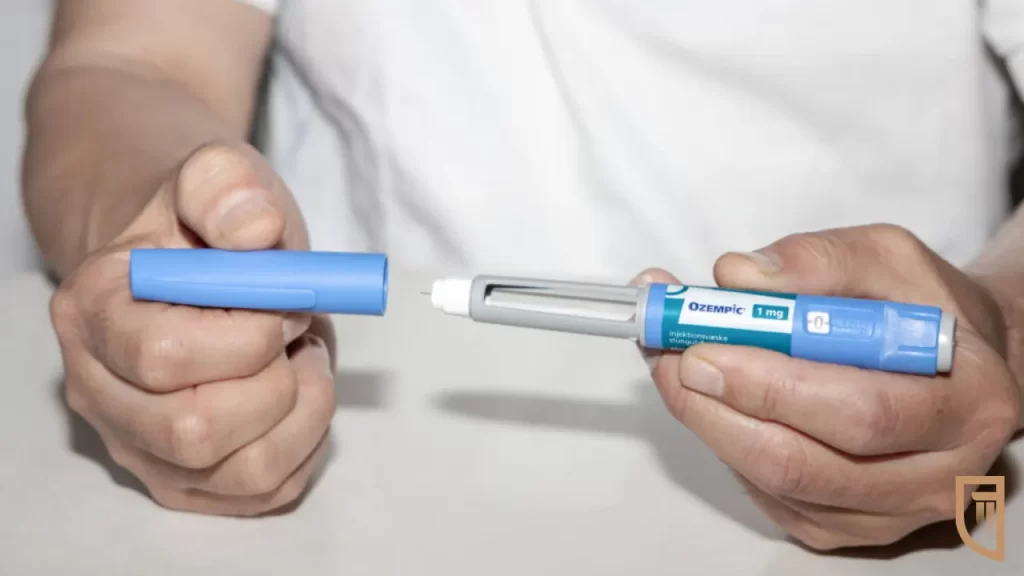Topamax Lawsuit
The Topamax lawsuit addresses serious concerns about the prescription drug used to treat epilepsy, prevent migraine headaches, and manage bipolar disorder. Allegations suggest that pregnant women prescribed Topamax during their first trimester faced an increased risk of birth defects, such as cleft lip and cleft palate in their newborns. Janssen Pharmaceuticals, the manufacturer, is accused of failing to provide adequate warnings about these risks. If you’ve been affected, secure a free consultation today to explore your options for compensation and cover future medical expenses.
- Written by Sarah Miller
- From LegalClaimAssistant.com
- Last Updated
Table of Contents
What is the lawsuit against Topamax?
The Topamax lawsuit is a legal action against Janssen Pharmaceuticals Inc, the manufacturer of Topamax, a drug prescribed to treat seizures, disorder, and migraine headaches. This lawsuit centers on the claim that Topamax, when used by pregnant women, particularly those of childbearing age, is linked to severe birth defects in babies. These defects include lips, cleft palate deformities, spina bifida, and other neural tube defects that can occur when infants are exposed to the drug during the 1st trimester of pregnancy.
Topamax is categorized as a Pregnancy Category D drug by the Food and Drug Administration (FDA), which means there is positive evidence of human fetal risk based on human data. However, the lawsuits allege that Janssen Pharmaceuticals failed to provide warnings to doctors and patients about the risk of birth defects, particularly through the FDA Drug Safety Communication and other medical communications. Furthermore, claims have been made that the drug was promoted off-label for weight loss, which exposed more women of childbearing age to these risks without proper warnings.
The Topamax birth defect lawsuits aim to hold the pharmaceutical company accountable for the developing fetus’s risks and provide compensation for medical treatment and care needed for the affected children. This includes covering the costs of surgeries for oral clefts, treatments for metabolic acidosis, decreased sweating, and other health issues caused by the drug.
Families affected by Topamax are urged to join the Topamax mass tort program or file individual lawsuits to seek justice and financial compensation for the lifelong care their children will require due to these defects. Legal actions like these underscore the importance of drug manufacturers providing clear and accurate information about potential medication risks, especially when prescribed to expectant mothers.

Who qualifies for the Topamax lawsuit?
To qualify for the Topamax lawsuit, individuals must meet specific criteria related to their use of the drug Topamax, manufactured by Ortho-McNeil-Janssen Pharmaceuticals (a part of the parent company Johnson & Johnson). The lawsuit primarily targets those who were prescribed this medication to treat conditions like epilepsy (epileptic seizures), migraine, and disorder. Eligible participants typically include:
Women who took Topamax during pregnancy: Particularly those who were on the drug during their first trimester and registered with the pregnancy registry but were not adequately warned about the potential risks by their healthcare provider or through the FDA warning labels.
Infants born with birth defects: Babies who were exposed to Topamax in the womb and consequently born with birth defects such as cleft lips, cleft palates, or other developmental issues, aligning with the drug being categorized under Pregnancy Cat D by the Food and Drug Administration due to its potential to cause harm to the developing fetus.
Patients prescribed Topamax for off-label uses: Those who were prescribed Topamax for weight management or alcohol dependency without being fully informed of the birth defect risks associated with its use, particularly when other antiepileptic drugs might have been safer alternatives.
The lawsuits claim that the manufacturers, including the pharmaceutical companies Ortho McNeil and Janssen Pharmaceuticals, failed to provide sufficient warnings about the risk of birth defects, misled by false claims and inadequate safety communications. If you or your child suffered from severe side effects potentially caused by Topamax, you might be eligible to participate in a lawsuit for compensation.
Need help filing a Topamax Claim?
Which side effects are related to the Topamax lawsuit?
The side effects related to the Topamax lawsuit primarily involve serious birth defects attributed to the drug’s use during pregnancy. Key side effects include:
Cleft Lip and Cleft Palate: These are among the most common birth defects associated with Topamax when taken during the 1st trimester of pregnancy. They result from incomplete development of the lip or roof of the mouth.
Low Birth Weight: Infants exposed to Topamax in utero may be born underweight, a condition linked to numerous developmental issues.
Neural Tube Defects: Such as spina bifida, where the fetal spinal column does not close completely, this defect is a severe condition that significantly impacts the child’s life.
Other Developmental Disorders: Including delays in physical and mental development, potentially linked to the drug’s impact on the developing brain and body.
These side effects form the basis of the Topamax birth defects lawsuits, as they pose significant health risks to infants and require extensive medical treatment. Families affected are encouraged to seek legal advice to understand their rights and options for seeking justice and compensation through the legal system. Legal professionals experienced in pharmaceutical litigation can provide guidance on how to join existing Topamax lawsuits or initiate a personal claim.
How to file an Topamax lawsuit?
Filing a Topamax lawsuit involves several key steps, especially if you have experienced adverse effects from taking this medication. Topamax, prescribed for conditions like epilepsy (as a seizure medication), disorder, and migraine treatment, has been linked to serious birth defects when used during pregnancy. Here’s how to begin the legal process:
Document Your Usage and Medical History: Ensure you have records that show you were taking Topamax, especially if it was prescribed as an anticonvulsant medication or for other uses approved by the United States Department of Health. Documentation should include the period during which you used Topamax, especially if you were taking it while pregnant or as prescribed medication for post-traumatic stress disorder or another condition.
Confirm Birth Defects or Other Injuries: If babies born to you or your partner have birth defects directly linked to Topamax use, gather all medical reports and diagnostic information that support this. Birth defects associated with Topamax typically involve cleft lips, cleft palates, and other developmental issues, often evident soon after birth.
Legal Consultation through Legal Claim Assistant: Contacting Legal Claim Assistant can significantly streamline the process. They specialize in pharmaceutical lawsuits and are familiar with cases involving Topamax, which is known for causing birth defects when used as a pregnancy category C drug. They can offer a free consultation to discuss the specifics of your case.
Filing the Lawsuit: Your attorney will file a lawsuit on your behalf. This involves preparing legal documents that outline your case against the Topamax manufacturers. The claim will detail how the drug was used, the lack of warnings (especially the failure to warn doctors and patients adequately about the risks of birth defects), and the impact on your family.
Why Legal Claim Assistant?: Choosing Legal Claim Assistant for your Topamax lawsuit ensures that you are working with experienced professionals who understand the complexities of cases involving prescribed medications and their side effects. They have the expertise to navigate through the legal challenges posed by pharmaceutical companies and can leverage their knowledge of clinical trials and FDA regulations to build a strong case.
By taking these steps, you ensure that your case is handled efficiently and that you are well-represented in your quest for compensation for the harm caused by Topamax. It’s crucial to act promptly as legal deadlines, known as statutes of limitations, can affect your ability to file a claim.

How long does the Class action Topamax lawsuit take?
Filing a class action lawsuit involving Topamax, commonly used as a seizure medication and to treat disorder, can take several years to complete. Here’s a simplified timeline:
Initial Stages:
Filing the Lawsuit: Gathering evidence and filing the lawsuit can take several months. This includes collecting medical records and expert testimonies from third party doctors.
Middle Stages:
Certification and Discovery: Getting court approval to proceed as a class action and the discovery phase can extend over a year. During this time, both sides exchange detailed information and argue legal points.
Final Stages:
Settlement or Trial: If the parties reach a settlement, the process may conclude sooner. Otherwise, proceeding to trial could add years to the timeline, depending on court schedules and legal challenges.
Overall, from the initial filing to resolution, the Topamax class action lawsuit duration typically spans a few years. If you’ve experienced side effects from Topamax, consulting with a knowledgeable lawyer early can help navigate this complex process.
When will Topamax lawsuit be settled?
Predicting the exact timing of when the Topamax lawsuits will be settled is challenging. These lawsuits involve complex legal issues centered around the drug’s side effects, such as cleft lip, cleft palate, and other birth defects. Topamax, a drug used for seizure medications, treating bipolarity, and prescribed off label for weight loss, has been associated with an increased risk of birth defects when taken during pregnancy.
The duration of the settlement process can vary significantly based on the number of cases, the coordination of legal proceedings in topiramate prescriptions, and how quickly parties might reach a resolution. It is common for such pharmaceutical lawsuits, especially those involving widespread allegations like those with Topamax birth defects, to take several years. Settlements could be reached at different times for individual plaintiffs depending on the specifics of their cases.
Topamax lawsuit settlement amounts
The average payouts in Topamax birth defect lawsuits can also vary widely. Settlement amounts typically depend on the severity of the birth defect, such as oral clefts or metabolic acidosis, and the impact it has had on the child’s life. For instance, cases involving severe conditions like cleft lip and palate, which require extensive medical treatment, might result in higher compensation compared to less severe conditions.
Generally, settlement amounts could range from modest sums for minor defects to substantial payments for more serious conditions. These amounts are intended to cover medical expenses, ongoing care costs, and provide for the child’s future needs. It’s important to note that each case is unique, and the settlement will reflect the specific damages suffered by the plaintiff.
If you or someone you know has been affected by taking Topamax, especially during pregnancy, it is advisable to seek legal consultation. A qualified lawyer can provide more personalized information based on the latest updates in the Topamax litigation landscape and help understand potential settlement amounts.
Find out how much your Topamax payout could be:
Topamax lawsuit update
Recent developments in Topamax lawsuits have continued to unfold as more individuals come forward with claims that the drug has caused serious birth defects in children born to mothers who used the medication during pregnancy. The lawsuits primarily focus on defects such as cleft lip, cleft palate, and other oral clefts, which require significant medical treatment. These cases allege that the manufacturer failed to provide adequate warnings about the risks of using Topamax, particularly regarding its use in treat bipolar disorder and as a method of birth control.
Legal proceedings are examining the link between Topamax and these birth injury defects, with many cases now being processed through the judicial system. As these lawsuits progress, affected families are encouraged to stay informed about the potential outcomes and legal options available.

Hiring the best law firm for Topamax lawsuits
Choosing the right law firm for a Topamax lawsuit is crucial. You want a firm that has experience with similar cases, particularly those involving birth injury defects caused by pharmaceuticals. Legal Claim Assistant can help by connecting you with law firms that specialize in these lawsuits. These firms have a deep understanding of the complexities involved in pharmaceutical litigation, including how to handle claims related to defects like cleft lip and cleft palate.
When selecting a firm, consider their track record with Topamax cases and other similar pharmaceutical litigations. It’s important that the firm not only understands the medical aspects of the cases but also has a robust strategy for dealing with large drug manufacturers.
Find out if you qualify:
Get Help from Experienced Topamax Lawsuit Lawyers
If you or a loved one took Topamax during pregnancy and your child was born with defects such as cleft lip or palate, you may be entitled to compensation. Don’t navigate this complex legal landscape alone. Contact Legal Claim Assistant today for a free case review. Our experienced lawyers are ready to help you understand your rights and guide you through the process of securing the compensation you deserve.
Speak directly with an assistant at Legal Claim Assistant to start your journey toward justice. Our team is committed to providing you with the support you need to address the challenges posed by Topamax defects. Call now to schedule your free consultation.
Need help with your Claim?
Written by:
Nicky from LegalClaimAssistant.com
LegalClaimAssistant.com simplifies the process of pursuing legal action. Access information, lawsuit guides, and updates on drugs, products, and other matters that may impact you.
4 References
- Holpuch, Amanda. “Two Army Veterans Awarded $110 Million in 3M Earplug Lawsuit.” The New York Times. January 28, 2022. Retrieved on May 12, 2022 from https://www.nytimes.com/2022/01/28/us/veterans-earplugs- 3m-lawsuit.html
- LexisNexis® Legal Insights. “Product liability & strict liability.” January 06, 2021. Retrieved on May 5, 2022 from https://www.lexisnexis.com/community/insights/legal/b/thought-leadership/posts/understanding-the- interplay-between-strict-liability-and-products-liability
- National Highway Traffic Safety Administration. “Letter to Tesla: Full Self-Driving Software May Cause Crash.” Retrieved from: https://static.nhtsa.gov/odi/rcl/2023/RCAK-23V085-2525.pdf. Accessed on February 17, 2023.
- Unified Parkinson’s Advocacy Council. “Paraquat Dichloride Registration Review.” July 24, 2017. Retrieved on May 12, 2022 from https://files.michaeljfox.org/Paraquat_letter_FINAL.pdf



